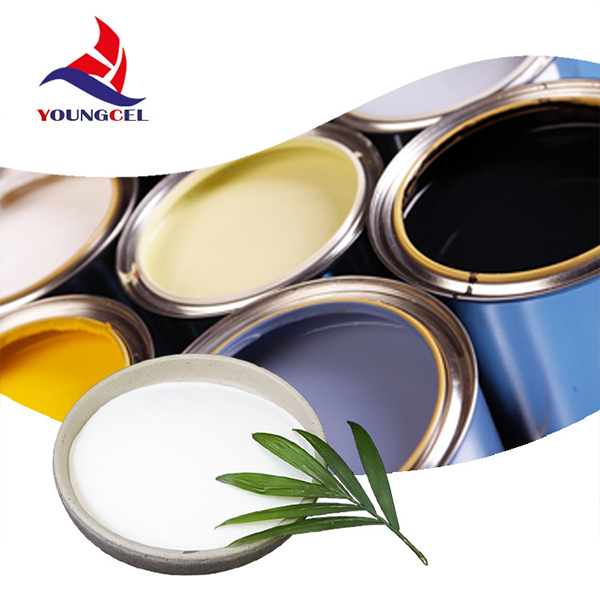Understanding the Role of Hydroxypropyl Methylcellulose (HPMC) in Adhesive Formulations
In the realm of modern chemistry and materials science, the development of advanced adhesive systems has been an area of extensive research. One critical component often found in these formulations is Hydroxypropyl Methylcellulose (HPMC). This versatile cellulose derivative plays a significant role in enhancing the properties of adhesives, contributing to their performance and usability in various applications.
What is HPMC?
Hydroxypropyl Methylcellulose is a non-ionic, water-soluble polymer derived from cellulose, a natural polymer sourced from plant cell walls. Through a series of etherification processes, cellulose is modified to create HPMC, which results in a white to off-white powder that is odorless and tasteless. Due to its modified structure, HPMC exhibits unique properties, such as increased solubility in cold water and excellent film-forming capabilities, which are essential in adhesive applications.
Properties of HPMC
HPMC boasts several key properties that make it an ideal candidate for adhesive formulations
1. Solubility One of the most remarkable features of HPMC is its ability to dissolve in water to form clear, viscous solutions. This characteristic is particularly beneficial in formulating adhesives that require good wetting properties.
2. Thickening Agent HPMC acts as an effective thickening agent. In adhesive formulations, it helps to increase the viscosity, thereby preventing the adhesive from running off surfaces during application. This property ensures that the adhesive remains in place, providing better performance and control during the bonding process.
3. Film Formation Upon drying, HPMC can form a flexible, transparent film. This film has excellent adhesive properties and can enhance the bond strength of the adhesive, making HPMC a vital component in various adhesive systems.
4. Stability HPMC is stable across a wide range of temperatures and pH levels, making it suitable for diverse formulations. Its thermal stability ensures that the adhesive maintains its properties even under varying environmental conditions.
chemic adhes hpmc

Applications in Adhesives
HPMC is utilized in a wide range of adhesive applications, including construction, woodworking, packaging, and even in the production of personal care products.
1. Construction Adhesives In the construction industry, HPMC is often used in tile adhesives, grouts, and joint compounds. Its ability to retain water enhances the working time of the adhesive, allowing for adjustments during application without compromising the bond strength.
2. Woodworking In woodworking, adhesives containing HPMC provide excellent adhesion to various substrates, including wood, metal, and plastic. The film-forming ability of HPMC contributes to the long-lasting bonds required for high-quality carpentry.
3. Pressure-Sensitive Adhesives (PSAs) HPMC is used in the formulation of PSAs, where it improves the tack and overall adhesion performance. The versatility of HPMC allows for its incorporation into both permanent and removable adhesive products.
4. Paper and Packaging In the packaging industry, HPMC is often included in adhesive formulations for labels and packaging materials due to its quick-drying properties and ability to bond various materials effectively.
Conclusion
Hydroxypropyl Methylcellulose is a multifunctional additive that plays a pivotal role in enhancing adhesive formulations. Its unique properties, including solubility, thickening, film formation, and stability, make it indispensable in various industries. As the demand for high-performance adhesives continues to rise, the utilization of HPMC will likely grow, paving the way for innovations in adhesive technology. Understanding the benefits and applications of HPMC can help manufacturers formulate better adhesive products that cater to the evolving needs of consumers and industries alike.
In summary, HPMC not only improves the performance of adhesives but also enhances their usability across a myriad of applications, illustrating the importance of this chemical compound in modern adhesive technology.
-
The Application and Significance of Construction RdpNewsMay.19,2025
-
Industrial Grade HpmcNewsMay.19,2025
-
Building Coating Adhesive Building Coating Adhesive HpmcNewsMay.19,2025
-
Application Of Hpmc For Detergent For Detergent In DetergentsNewsMay.19,2025
-
Application Of Hpmc Cellulose In Cement-Based MaterialsNewsMay.19,2025
-
Application Of High Quality Hpmc For Construction In The Field Of ConstructionNewsMay.19,2025




